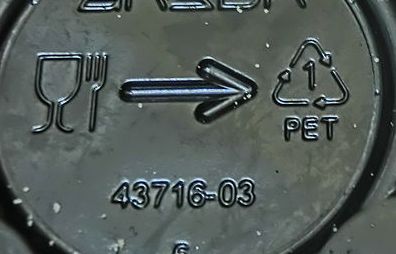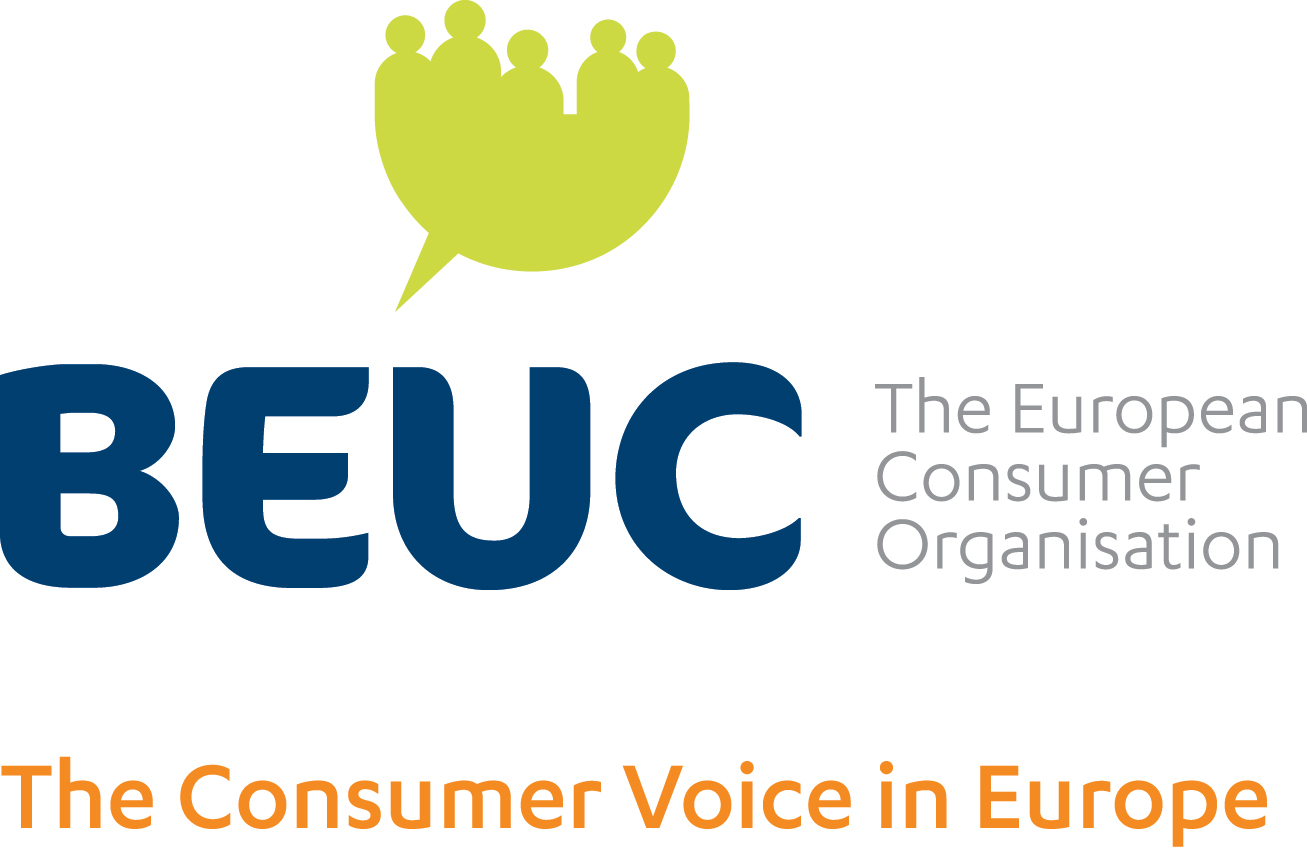Consumers insufficiently informed about safe use of food containers and kitchenware, new survey shows
About this publication
Consumers could be exposing themselves to food-related risks, as they experience a lack of safe use instructions for food containers and kitchenware. Many continue to use worn or damaged food containers and kitchenware for some time, as an 11-country survey about people’s attitudes, needs, and concerns regarding ‘food contact materials’ [A] underlines. As a result, BEUC is calling for proper regulation of these materials.
The main finding is that consumers do not feel sufficiently informed when buying or using food packaging and containers. While consumers are generally aware that some packaging or containers can release chemicals into food, the survey results suggest they may not be receiving the information they need – such as directions for safe and appropriate use. As a result, people may be inadvertently increasing their exposure to chemicals leaching from containers and packaging into food.
Takeaways from the survey include:
-
2 in 5 consumers find it unclear which food containers and packaging are safe to use. Many find that the information provided with food packaging is neither understandable (26%) nor sufficient (36%).
-
Worryingly, 2 in 3 at least sometimes experience a lack of safe use instructions for food containers and kitchenware. Consumers may therefore not use these products as intended, which in turn can increase their exposure to food-related risks.
-
Around 3 in 4 recognise the official Glass and Fork symbol – but only a minority (29%) knows what it means: suitable for food contact. Many rather associate the symbol with being dishwasher safe, for instance.
-
1 in 2 keep using worn or damaged food containers and kitchenware for some time. Age and wear can increase risks of chemicals leaching into food, however.
-
1 in 5 reuse throwaway packaging for purposes that could increase food-related risks. These include reusing hard plastic containers to store hot food or drink (19%) or take-away plastic containers for hot food-to-go (23%).
-
Around 3 in 5 trust authorities to check that food containers and packaging are safe before they go to market. In reality, regulators face major challenges in doing so.
-
4 in 5 consumers are worried about the impact of food packaging on the environment. Almost 9 in 10 support strict rules to prevent such impacts.
EU law requires all ‘food contact materials’ to be safe. For most materials, however, detailed rules in terms of how they should meet that safety requirement do not exist in practice. This is important as over 8,000 chemicals are used to produce and treat food packaging materials. There need to be rules which cover all food packaging so that these are safe under all foreseeable conditions of use, including reuse.
Monique Goyens, BEUC Director General, commented:
“Our survey unpacks how consumers use everyday items such as take-away plastic containers, silicone bakeware, and non-stick frying pans. Although there is awareness among consumers that food packaging and kitchenware can contribute to food-related risks, consumers do not feel sufficiently informed about those risks. The fact that two-thirds of respondents report a lack of safe-use instructions limits their possibility to act on this awareness.
“Taken together, these findings show that EU food packaging policy falls well short of consumer expectations and needs. Consumer organisations call for EU rules so that food containers and packaging are safe, and people always receive easy instructions on how to use them.”
Documentation
• Full report: Unwrapped: What consumers say about safe and sustainable food packaging
• Annex with detailed results
• BEUC’s letter to European Commissioner Stella Kyriakides about the results of this survey
• Previous test: Toxic chemicals in non-plastic disposable tableware
• Previous test: Silicone bakeware can add unwanted substances to cookies and cakes
• BEUC’s view on regulating ‘food contact materials’
How to repack EU legislation
-
The recommendations for policymakers following this survey include:
-
Require food packaging producers and retailers to always provide easy-to-understand instructions for use.
-
Create stricter rules so that packaging materials are safe under all foreseeable conditions of use, including reuse.
-
By default, ban all chemicals of high concern in food packaging – such as those that may cause cancer, birth defects, or reproductive harm.
-
Increase resources for official controls to deliver change on the ground, including online sales and imported goods.
What we did
Data were collected in October 2022 through an online questionnaire distributed to participants by a market research company. The questionnaire was administered to panels of just over 1,000 respondents per country. Respondents were selected with a view to ensure a representative sample of the countries’ national populations.
Questions asked included whether people recognise symbols on food containers, if they understand them, and whether they for instance re-use a scratched frying pan or cracked ceramic container.
The survey was carried out by the following BEUC members: Austria (Verein für Konsumenteninformation), Belgium (Testachats/Testaankoop), Czechia (dTest), Denmark (Forbrugerrådet Tænk), Germany (Vebraucherzentrale Bundesverband), Italy (Altroconsumo), the Netherlands (Consumentenbond), Norway (Forbrukerrådet), Portugal (DECO), Slovenia (Zveza Potrošnikov Slovenije – ZPS), and Spain (OCU). It has been coordinated by Euroconsumers1.
[A] What are ‘food contact materials’?
Food contact materials are all types of packaging materials and products our food comes in contact with. This includes paper wraps, plastic packaging, glass and metal containers, ceramic plates, kitchen utensils, bamboo kitchenware, as well as all items used in professional food manufacturing, storage, and distribution.
1 https://www.euroconsumers.org/about
Download:

